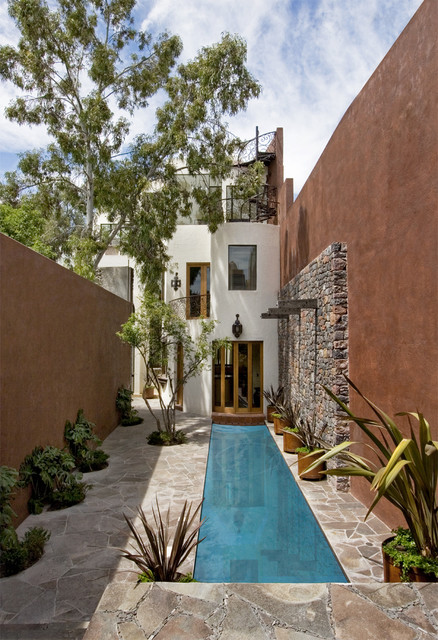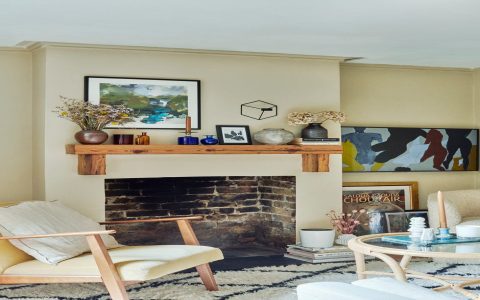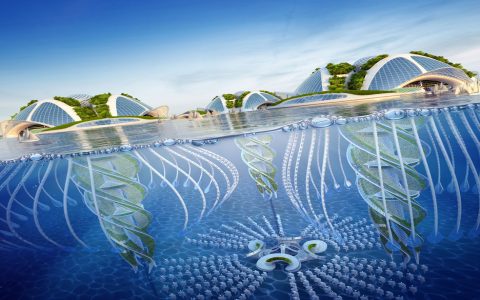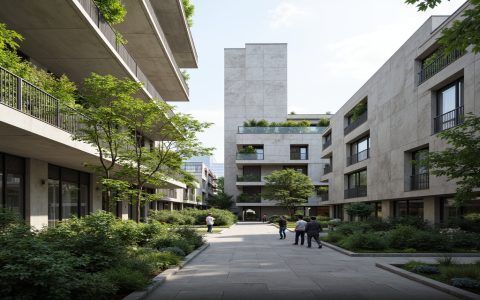Modern Mexican homes embody a compelling synthesis of cultural heritage and contemporary design, emphasizing a profound connection with the natural environment, functional elegance, and a sophisticated interplay of materials, light, and volume.
Core Design Principles
Several key tenets define this architectural style:
- Seamless Indoor-Outdoor Integration: This is a fundamental concept, achieved through expansive glazing, retractable walls, and meticulously planned patios, terraces, and central courtyards that dissolve boundaries between interior and exterior.
- Emphasis on Natural and Local Materials: Priority is given to materials that resonate with the local context. Common choices include volcanic stone, cantera, tropical hardwoods, exposed concrete, and contemporary applications of stucco. Textural contrast is often a key feature.
- Strategic Use of Light and Shadow: Architectural elements such as deep overhangs, pergolas, latticework (celosías), and thoughtfully placed apertures are employed to sculpt spaces with dynamic patterns of light and shadow, enhancing ambiance and providing passive cooling.
- Geometric Clarity and Minimalism: While drawing from rich traditions, these homes often exhibit clean lines, uncluttered surfaces, and strong geometric forms, focusing on essential spatial qualities rather than excessive ornamentation.
- Contextual Sensitivity: Designs are deeply rooted in their specific site and climate, aiming for harmonious integration with the surrounding landscape, whether it be coastal, desert, or urban.
Spatial Dynamics and Materiality
The internal organization and material palette are integral to the experience of modern Mexican homes:

- Open and Fluid Layouts: Common living areas—kitchen, dining, and living spaces—are frequently conceived as unified, open-plan zones that flow effortlessly into outdoor areas, fostering a sense of spaciousness and connectivity.
- The Modern Courtyard: Reinterpreting the traditional hacienda model, courtyards serve as private oases, bringing natural light, ventilation, and greenery into the core of the dwelling, while also organizing circulation.
- Material Honesty and Craftsmanship: Materials are often left in their natural state or minimally treated to showcase their inherent beauty and texture. There is a strong appreciation for local craftsmanship, with bespoke elements like custom tilework, ironmongery, and carpentry frequently incorporated.
- Palette and Atmosphere: Color palettes range from vibrant accents rooted in Mexican tradition to more subdued, earthy tones that complement natural materials. The overall goal is to create serene, inviting, and thermally comfortable environments.
Ultimately, modern Mexican residential architecture offers a sophisticated, regionally expressive approach to contemporary living, skillfully blending global design currents with an enduring respect for local identity, climate, and the natural world.







